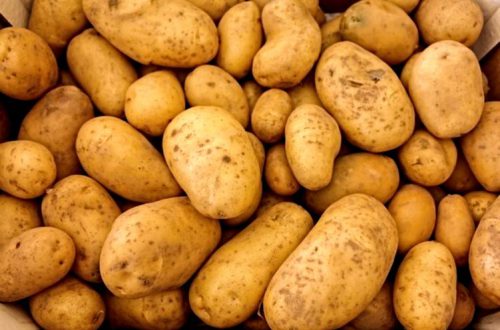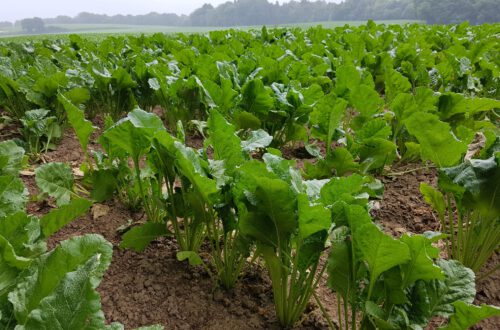Humic acids are popular as biostimulant. On the effects of humic substances, Rose & al. published in 2014 a meta-review. Although plant growth appears to increase on average slightly more than 20%, they pointed to major gaps in most of the studies done, including:
- many studies did not provide information on the type of soil included in the study (e.g. organic matter content, pH, texture, etc.). This is needed, since humic substances are common in natural soils, so it is likely that effects of humic substances are especially large in soils with a low organic matter content.
- most studies were done over a periode of no more than 3 months and often in the greenhouse. Also, quite some studies were performed in hydroponic systems. The authors call for practical studies on agricultural soils.
- the dosis-effect relation is often unclear.
There appeared a reasonably clear effect of the source of humic substances: those originating from compost appeared to have more positive effects than those originating from peat or lignite.
There seems to be especially scope for improving the N- en P-efficiency of crops while effects on PGP (plant growth promoting organisms) and on micronutrients seems much less clear. Although the variation among studies is quite considerable, the authors cautiously conclude that an optimum dosis is around 22.5 mg/kg soil, which is equivalent to 45 kg/ha when applied to the 0-20 cm top soil.
Comments: The authors discuss only publications from 2011 or earlier, so the review was already out of date when the paper appeared. Soon an overview of the more recent literature will be presented.
Rose & al. in Advances in Agronomy, https://doi.org/10.1016/B978-0-12-800138-7.00002-4



